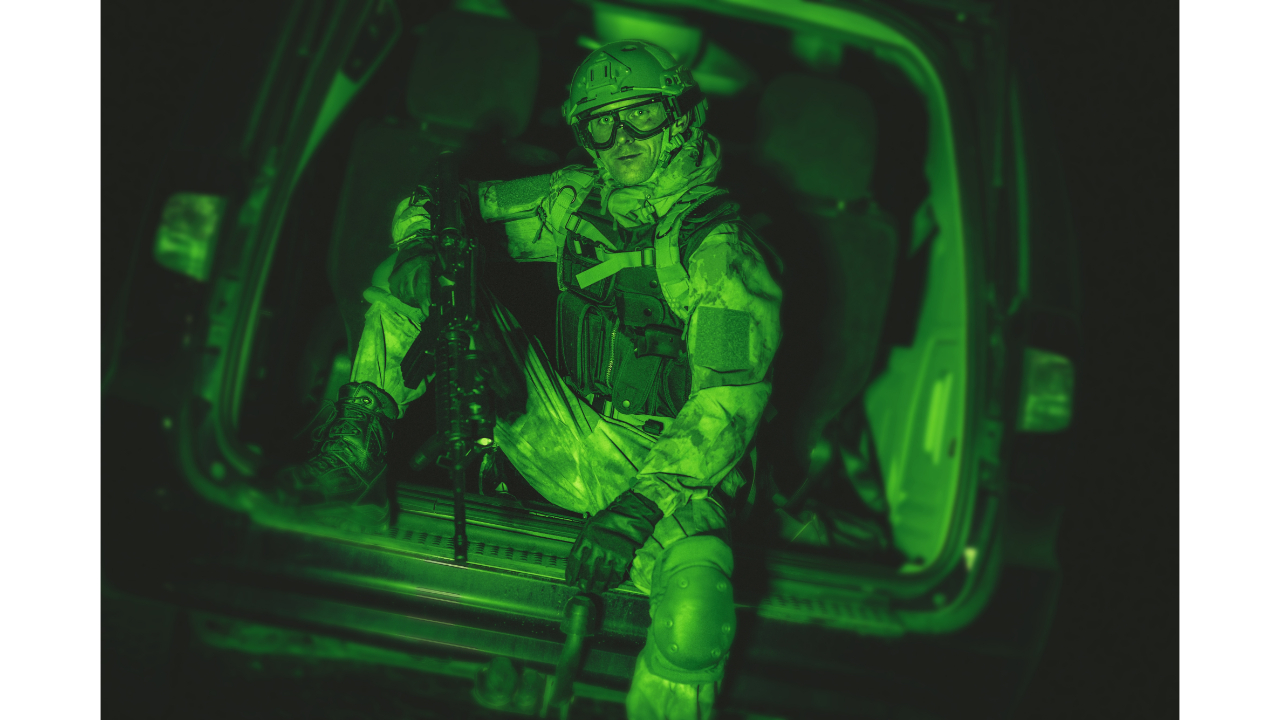Night vision devices can be some of the most helpful tools you ever use. They offer a world of possibility and potential for any professionals with night vision needs, including those in the military, law enforcement, and surveillance. They also have widespread application among civilians, including hunters, surveillance enthusiasts, and more.
When buying night vision gear, there are several things you should know beforehand. Before jumping in and investing in a device, consider these five common buying mistakes and how to avoid such issues throughout your own NVD shopping experience.
-
Choosing the Wrong Generation
Night vision generations refer to the age and era of technology you are buying. There are several generations of products available to buy, from 1st generation devices to 3rd generation devices, and there’s a big difference between different generations, at least in terms of capability and night vision image quality.
Typically, a generation 1 device is one of the most basic night vision devices you’ll find on the market. The night vision optics for Gen 1 devices are not as good as newer pieces. Moreover, many of these older devices have IR illuminators built into them, and these illuminators need to be powered on at all times during use. This means the user won’t be able to maintain any level of anonymity, which can significantly affect such applications as hunting and fishing.
Generation 3 technology, however, is the grade typically used by military and law enforcement teams.
If you’re looking to avoid the issues associated with generation 1 technology, you may not need to leap up to generation 3. That’s because a generation 2 night vision device works nearly as well in most situations. Knowing and understanding these generational differences when you buy night vision will help you to avoid purchasing the wrong device or a device unusable for your application.
2. Buying with a Narrow Purpose
When you’re investing your hard-earned money into a night vision device, you want to get as much as possible out of your equipment. When searching for the right NVD, it’s good to think through all the ways you may need night vision in the future.
For example, your initial thought may be to utilize new night vision equipment for closer-range operations, such as night fishing or hunting. In these cases, a lower-magnification product, like night vision goggles, may be your best bet. But if you’re looking to use your NVD for something more, such as longer-range wildlife observation, it may be better to purchase binoculars with better range, and which can also deliver results for the original application.
Think through the purposes you have for purchasing a night vision device beforehand. This helps ensure the best decision and best purchase possible.
3. Overlooking Accessories
One of the most common mistakes made in NVD purchases is overlooking accessories. It’s important to note that not all night vision binoculars and night vision devices come with every accessory you may need down the road.
For example, an IR illuminator allows your night vision equipment to utilize IR lights to improve performance in total darkness (as they rely on low-light conditions, not no-light conditions). You may not think you’ll ever use an NVD in complete darkness, but it’s good to consider what accessories you need and which fit your budget before purchasing. It’s also crucial to consider whether you’ll need a mounting system, such as a helmet or a weapon mount. Such a device can allow you to utilize your night vision devices more efficiently.
Another accessory-related consideration to think about might be the purchase of a thermal imaging device. If you’ll be operating at any point in total darkness, a typical night vision device may not always cut it (even with the help of IR lasers). While typical NVDs utilize what light they can locate in a low-light situation, thermal imaging devices utilize infrared light invisible to the naked eye.
4. Buying the Wrong Device
Night vision technology comes in many different forms, and there are several kinds of night vision optics to consider.
On the one hand, you might find that a night vision monocular is the best choice for your situation. And if you’re shopping for a surveillance application, security cameras will likely be your focus. While a goggle system might be better for increased depth perception it allows.
It’s important to know the difference between NVD products to ensure you choose the right night vision device.
5. Purchasing before Researching
Finally, you need to make sure you research night vision gear before you purchase. This is important for a couple of reasons.
First, doing your research allows you to maximize your purchase use of the NVD. For example, looking into how night vision goggles work ahead of time can prepare you for what to look for in different models. Some may have accessories built in, while others may need separate purchases to achieve certain goals for your specific application. Some (but not all) devices even have built-in sensors that shut down the device when exposed to bright light.
As a night vision user, it’s also essential to understand night vision technology and how it works. Doing so enhances your appreciation of the technology you use and can inspire you to take care of your own night vision device (or devices). Night vision is a fascinating technology in constant development.
Get Expert Help for Your Night Vision Needs
If you’re looking to purchase night vision gear, contact Steele Industries today. Whether you’re seeking NVDs for law enforcement applications, civilian purposes, or something else, Steele is here to set you up for success and provide the top-quality night vision experience you deserve.


